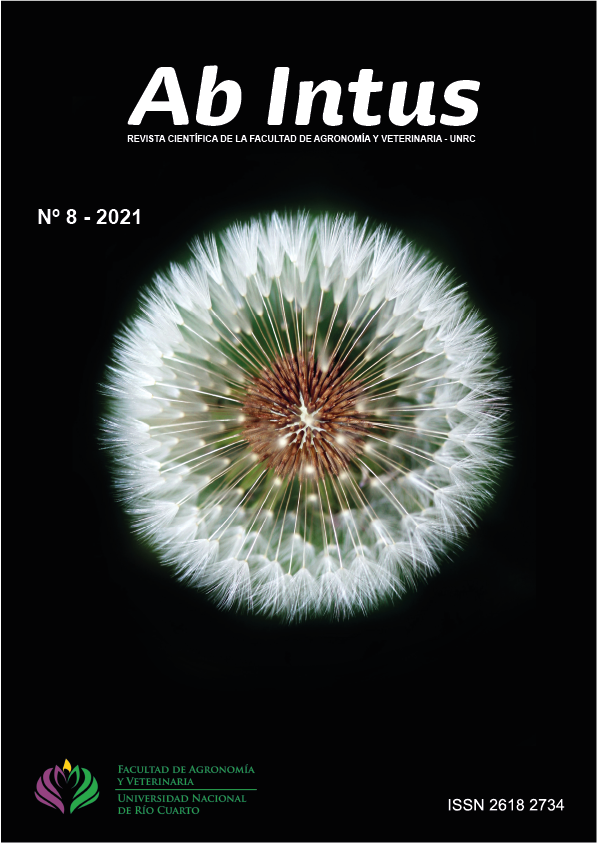Occupational risks in veterinarians working with swine
Abstract
Veterinarians are exposed to numerous physical, biological, and chemical hazards. The objectives of this study were to evaluate the occurrence of occupational diseases and accidents, adoption of personal protective equipment and perception of occupational risks in veterinarians working with swine and their associations with respondents´ gender, age, years of professional practice and hours working with pigs/ day. In 2017, a cross-sectional observational study was carried out in 100 veterinarians. Data was recorded in personal interviews using a structured questionnaire. Statistical analysis included χ2, Student’s t, Pearson and Spearman correlations. Eight percent had suffered from allergies, 7.0% from brucellosis, 84.0% from occupational accidentes and 54.0% had ailments attributable to veterinary practice. These last two events were associated with greater professional seniority (P = 0.007 and P = 0.05, respectively). The most frequent injuries (wounds and contusions) mainly involved animals, sharp elements and farm facilities. In itinere accidents were more frequent among men than women (P = 0.021). Gloves were the most widely adopted protective equiment, while anatomical girdles, chinstraps and protective masks had little or no acceptance. Manipulation of abortions and necropsies had the highest risk perceptions. The correlation coefficients between risk perceptions and the frequency of personal protective equipment usage were very low. The swine industry must lead the way to improve workers´ protection with the collaboration of farmers, managers, workers, veterinary boards, control, scientific and technical institutions.
ARK-CAICYT: http://id.caicyt.gov.ar/ark:/s26182734/x6ar0atih
Downloads
Downloads
Published
Versions
- 2022-08-04 (2)
- 2022-08-04 (1)
How to Cite
Issue
Section
License
Copyright (c) 2022 Ab Intus

This work is licensed under a Creative Commons Attribution-NonCommercial 4.0 International License.


















